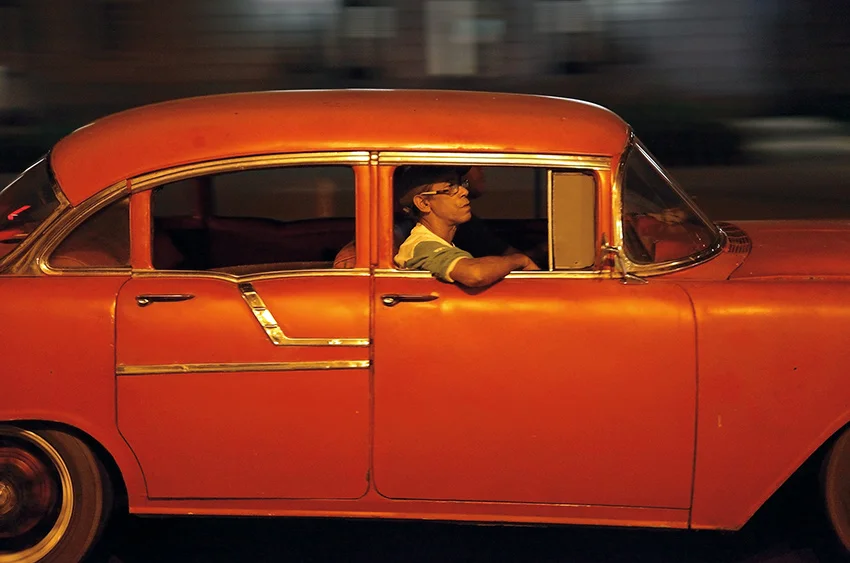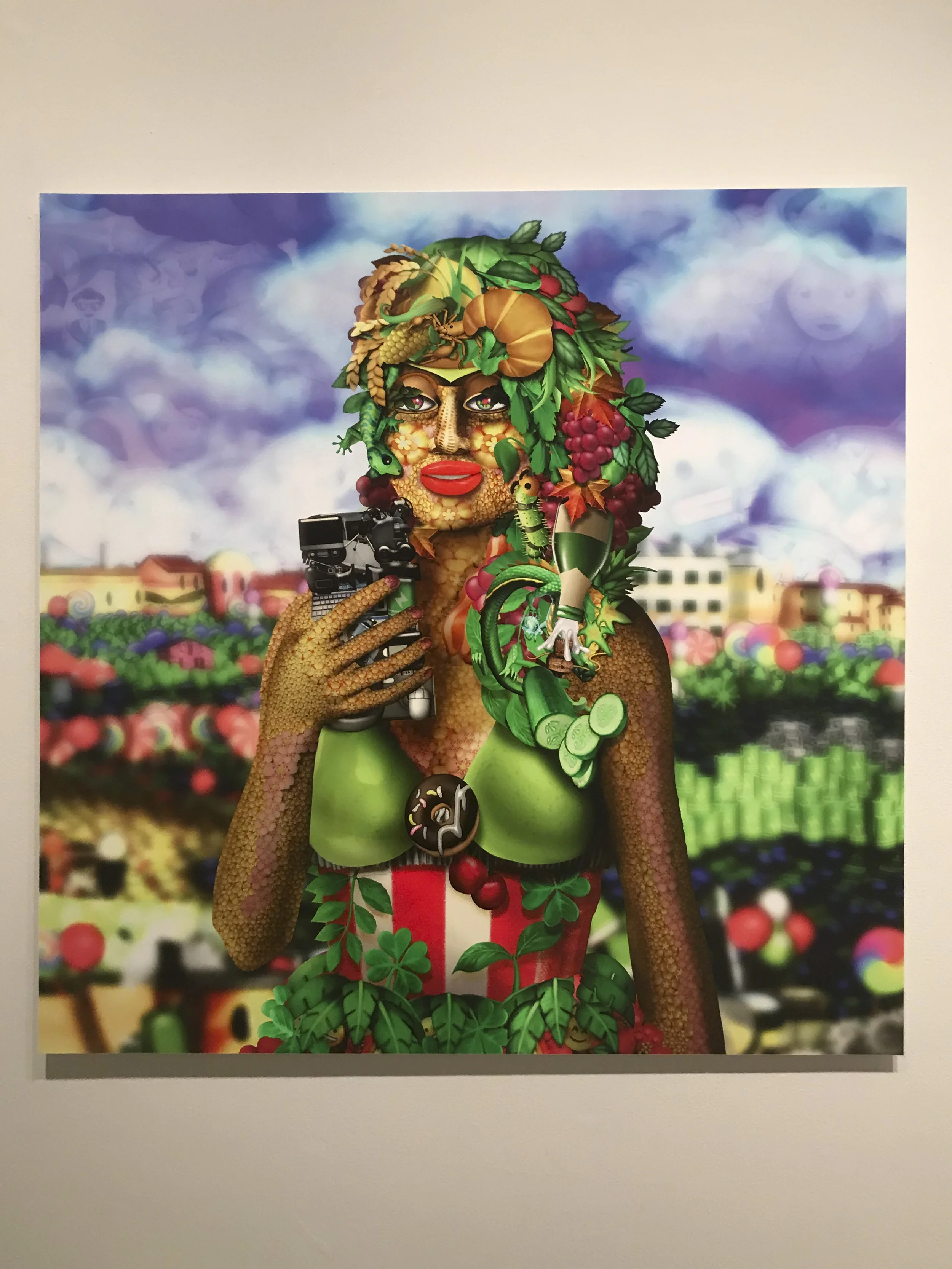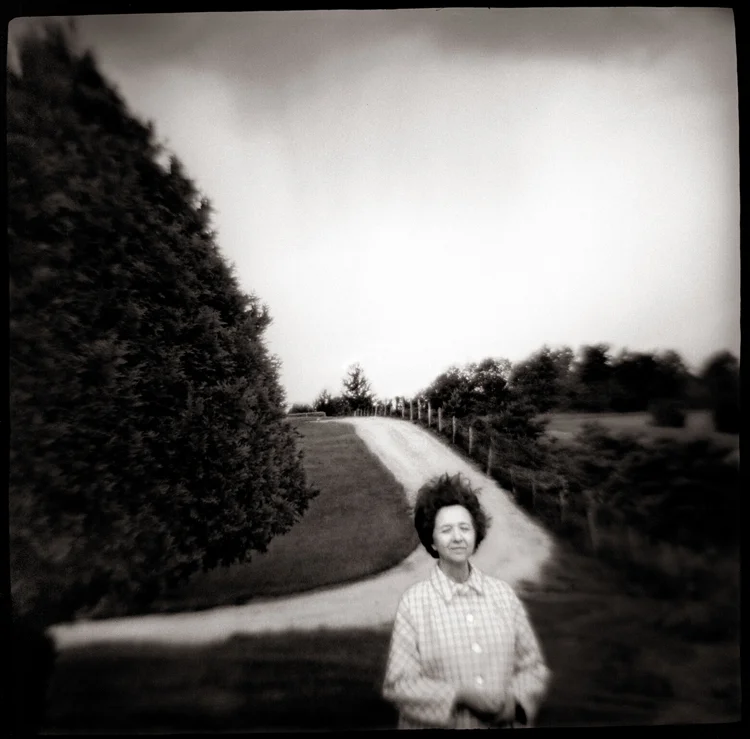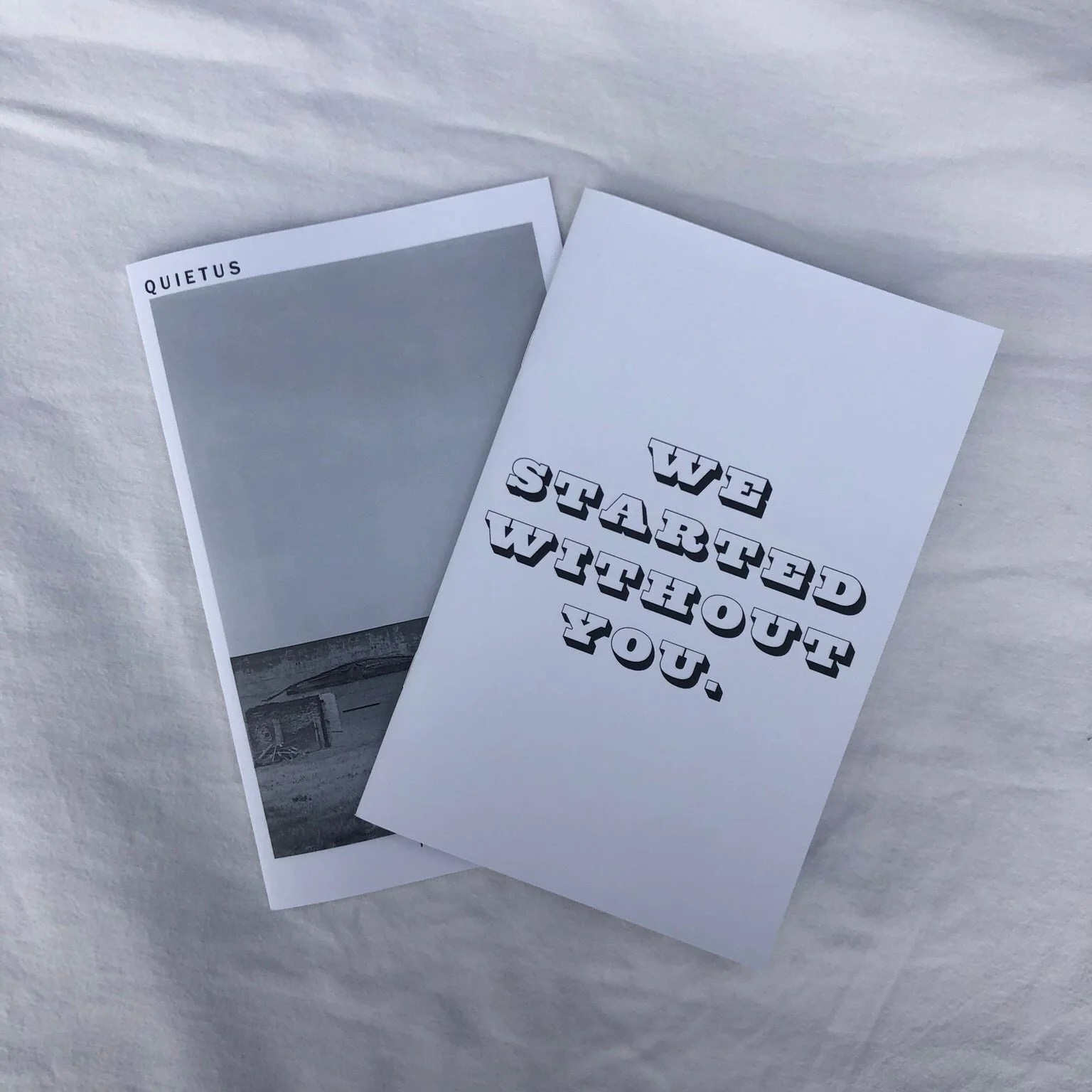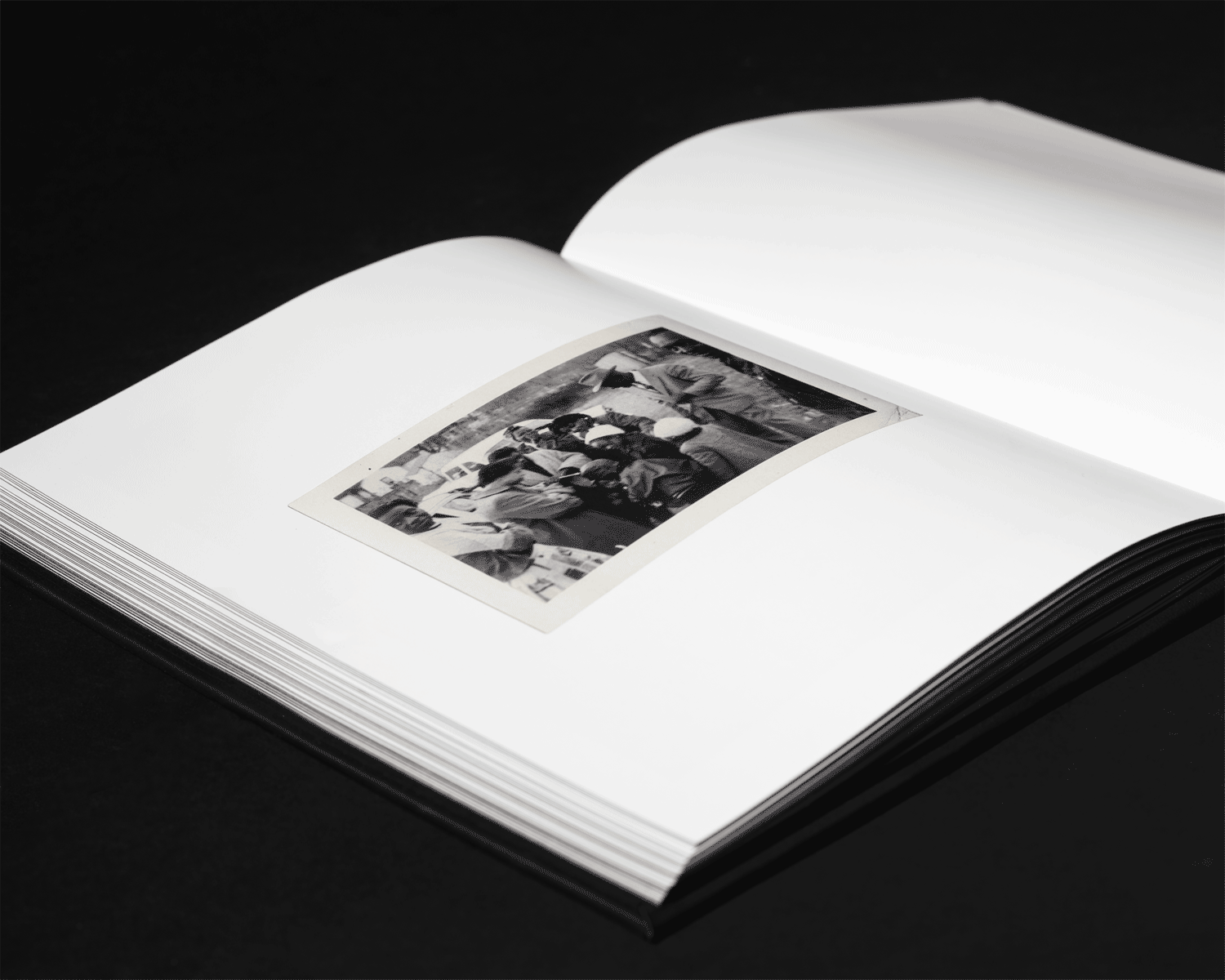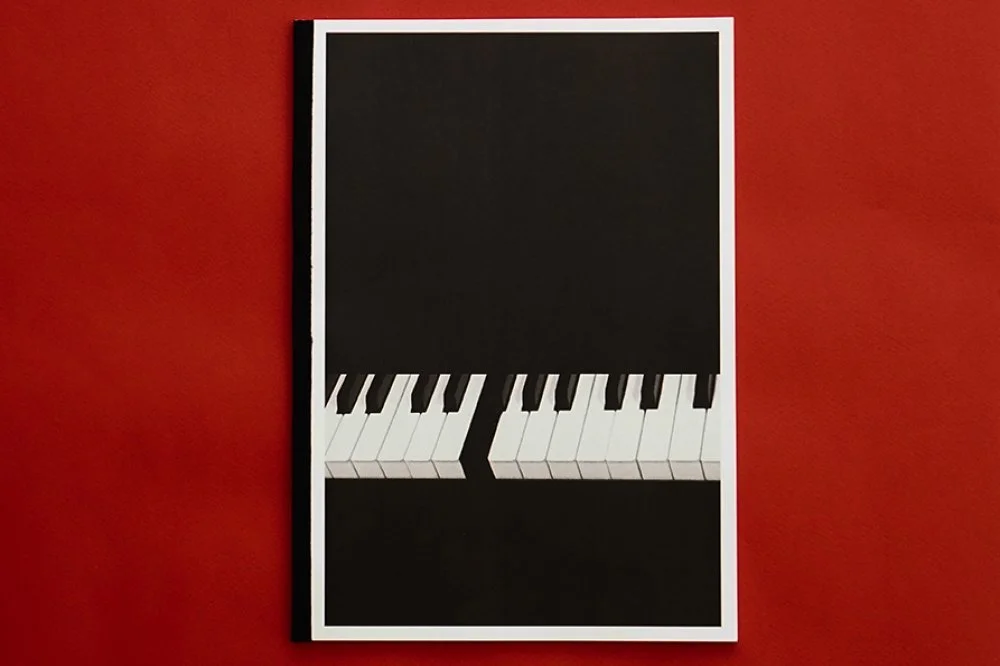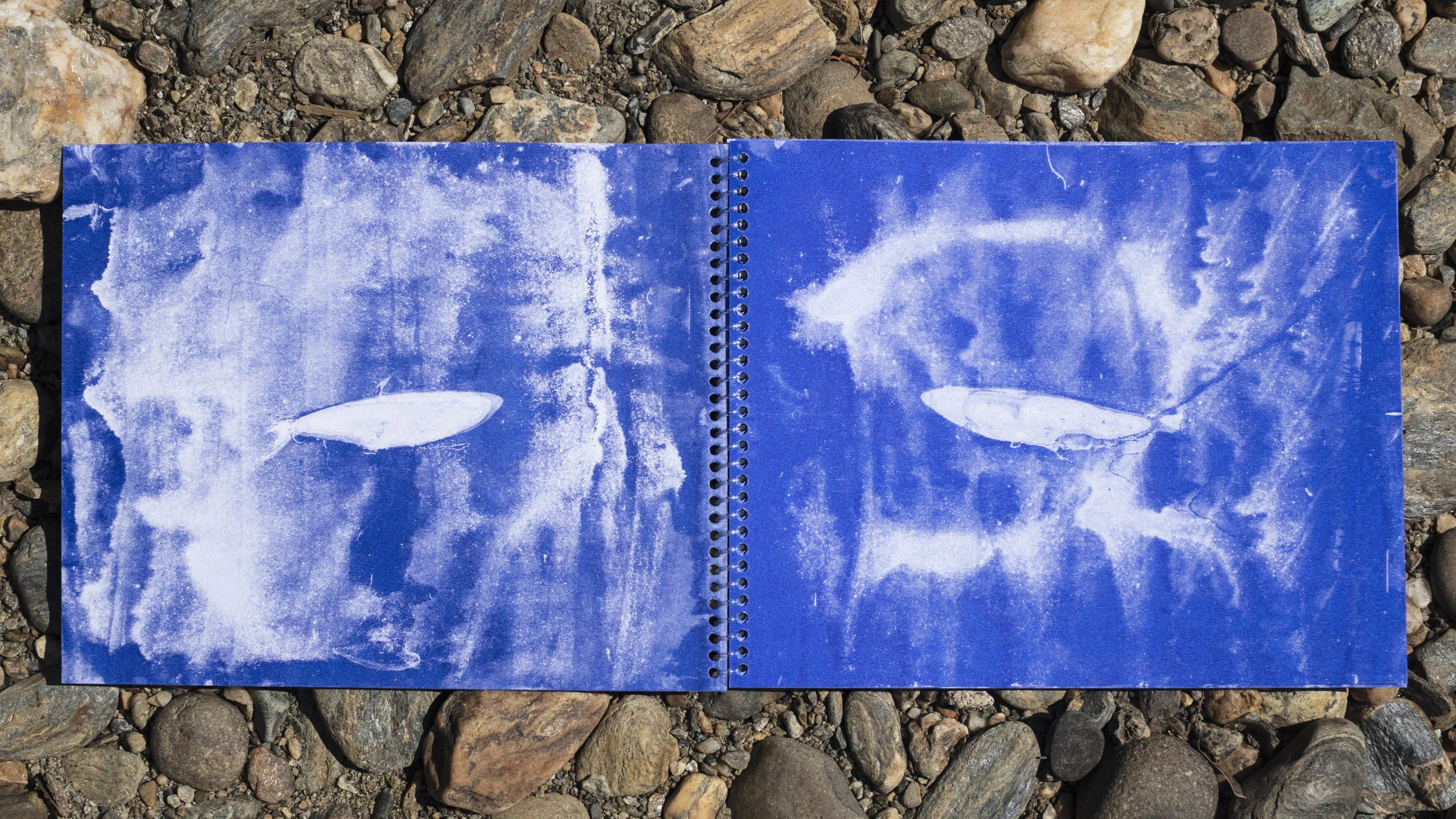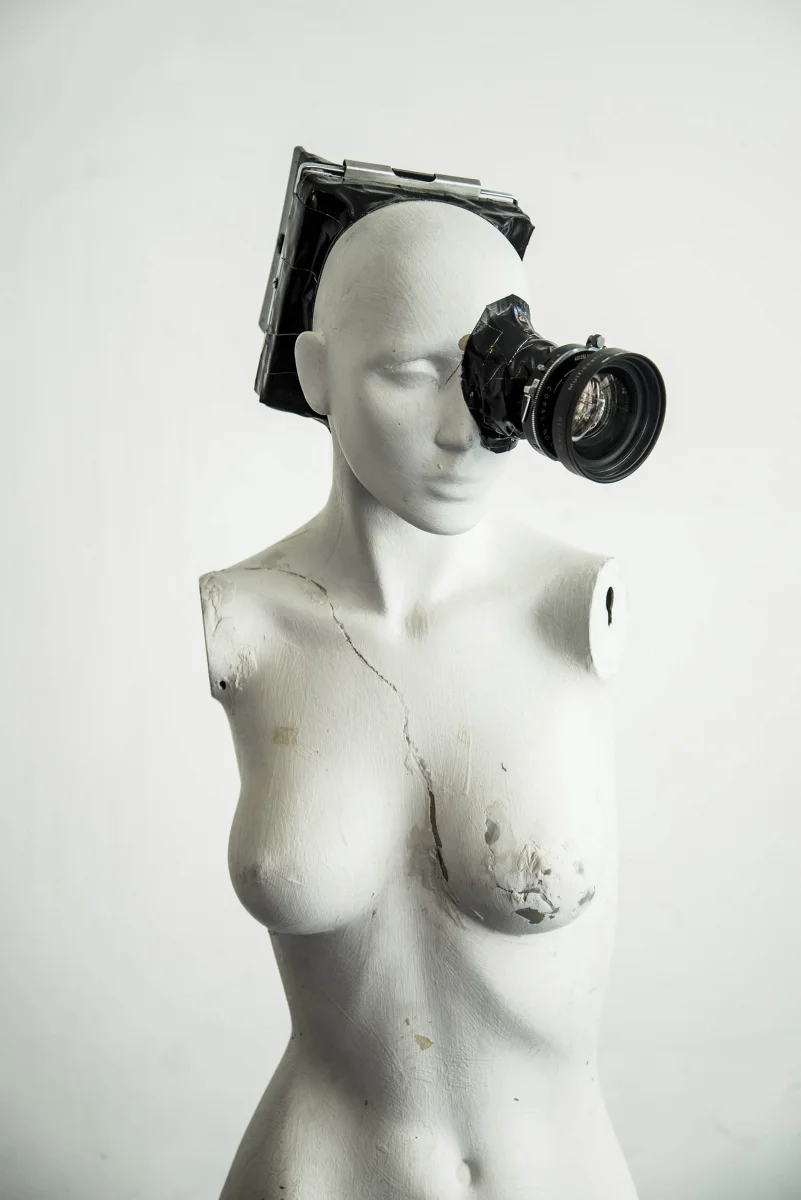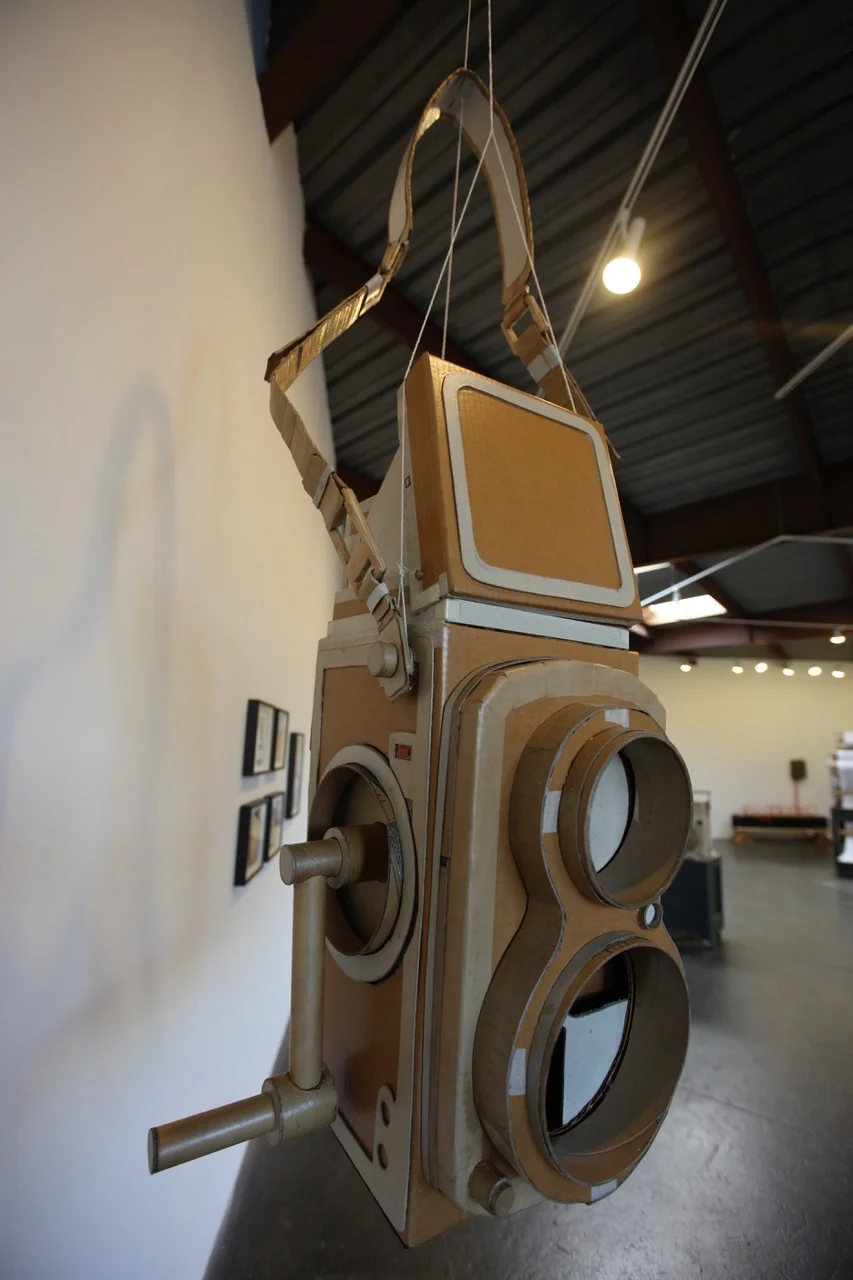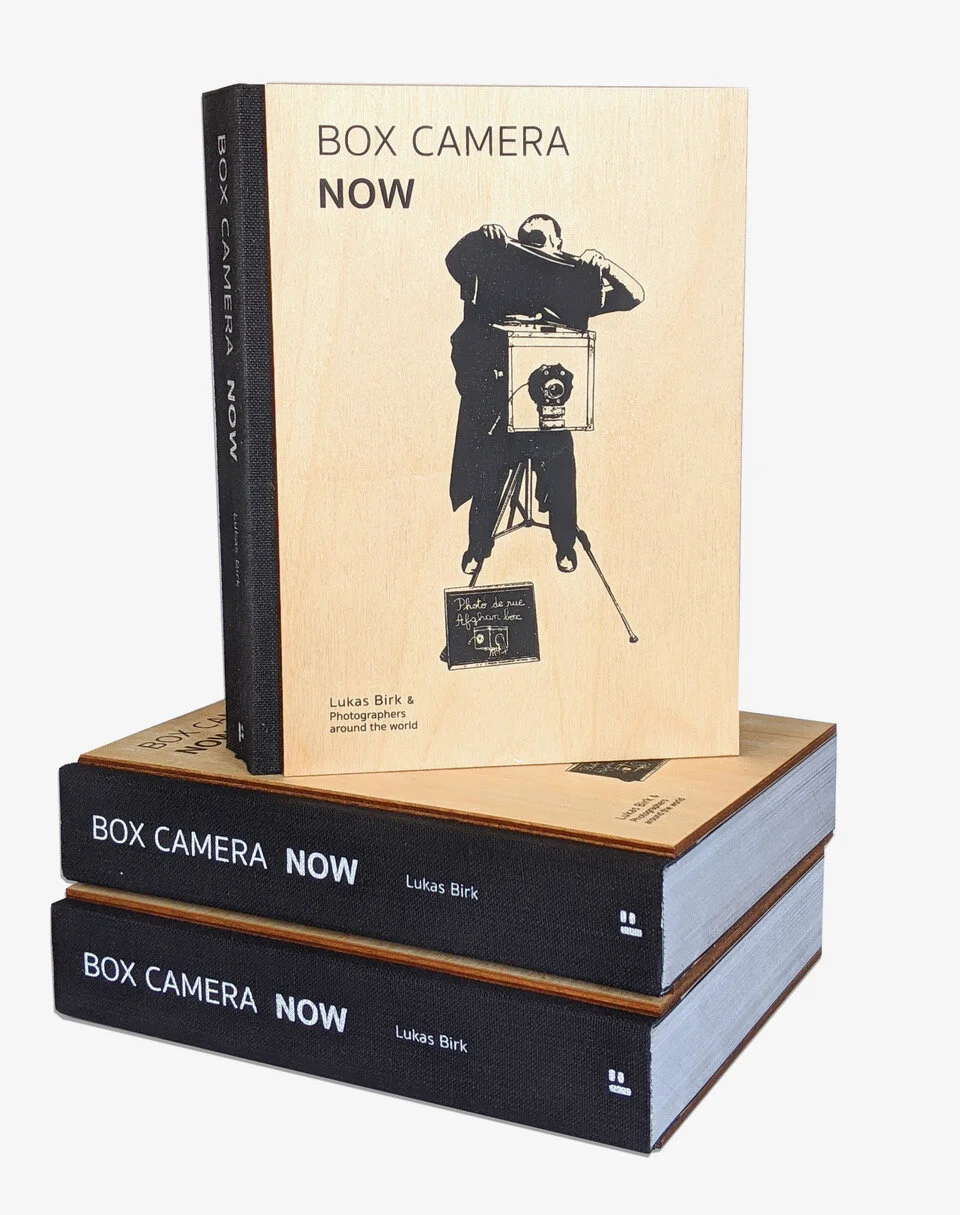artist book: a work of art realized in the form of a book.
The definition may sound simple, but the world of artist books can be a bewildering place. From the familiar pairing of images and text, to sculptures created out of paper and complicated bindings that create a performance each time the book is opened, nearly anything can be called an artist book if there is intention and consideration. This series showcases artists from different realms of the art world exploring the structure and meaning of the book.
“The Super Juicer” by Tracy 168, Enclosed in “the Blue Black Book”, originally owned by Deadly Buda, now in the Martin Wong Collection, Museum of the City of New York. Photo by the Elizabeth Harris, 2011.
The work of graffiti writers and street artists is temporal at best. A controversial art form that has pushed its way into the mainstream, graffiti is typically documented via two primary means—photography and sketches. In the late 1970s and early 80s, writers in Philadelphia and New York began transforming the act of graffiti from simple tags into forms that more closely resembled murals (aka “masterpieces”). Today, the preservation of this work can be attributed to a few key people—the photographers who befriended the writers, including Martha Cooper and Henry Chalfant, and fellow artists, including Martin Wong, whose preeminent collection included innumerable paintings, photographs, and black books.
For graffiti artists, black books were more than just sketchbooks. Before the advent of digital photography, black books were a means to portably display ideas to other writers. These books were passed between people, who would tag the pages of one another’s books. Much like a visual yearbook, black books became emblematic of who the owner had met (and how well they knew them based on the intricacy of the piece), what crew he or she ran in, and how accomplished the individual writer was.
“Untitled (Memorial)” by TDS (The Death Squad), c. 1980, Martin Wong Collection, Museum of the City of New York. Photo by Elizabeth Harris, 2011.
As an insider, Martin Wong recognized the importance of these books, not only to the individuals who owned them, but also to the art form as a whole. A graffiti writer and fine artist himself, Wong slowly gained a reputation for buying black books in the graff community. He amassed an incredible collection of pieces in his small New York City apartment, which he ultimately decided to donate to the Museum of the City of New York and the Fales Library at New York University when he was dying from AIDS.
Today, these early books hold small insights into the past. They contain unrealized and undocumented artworks, and give a clear and concise history of which artists interacted with one another. In recent years, his collection of black books have been displayed at every major graffiti exhibition in the United States including Art in the Streets at the Museum of Contemporary Art Los Angeles and City as Canvas at the Museum of the City of New York. Since the reemergence of “the Blue Black Book” at the Art in the Streets exhibition, the original owner, Deadly Buda has published the history behind his book on his blog.
"Untitled (In Memory of Bear 167)" c. 1985, Martin Wong Collection, Museum of the City of New York, Photo by Elizabeth Harris, 2011.
Elizabeth K. Harris is the Director at Louis K. Meisel Gallery. She holds an MA in Visual Arts Administration from New York University and has co-authored two books on art. She likes looking at books more than reading them.


















































